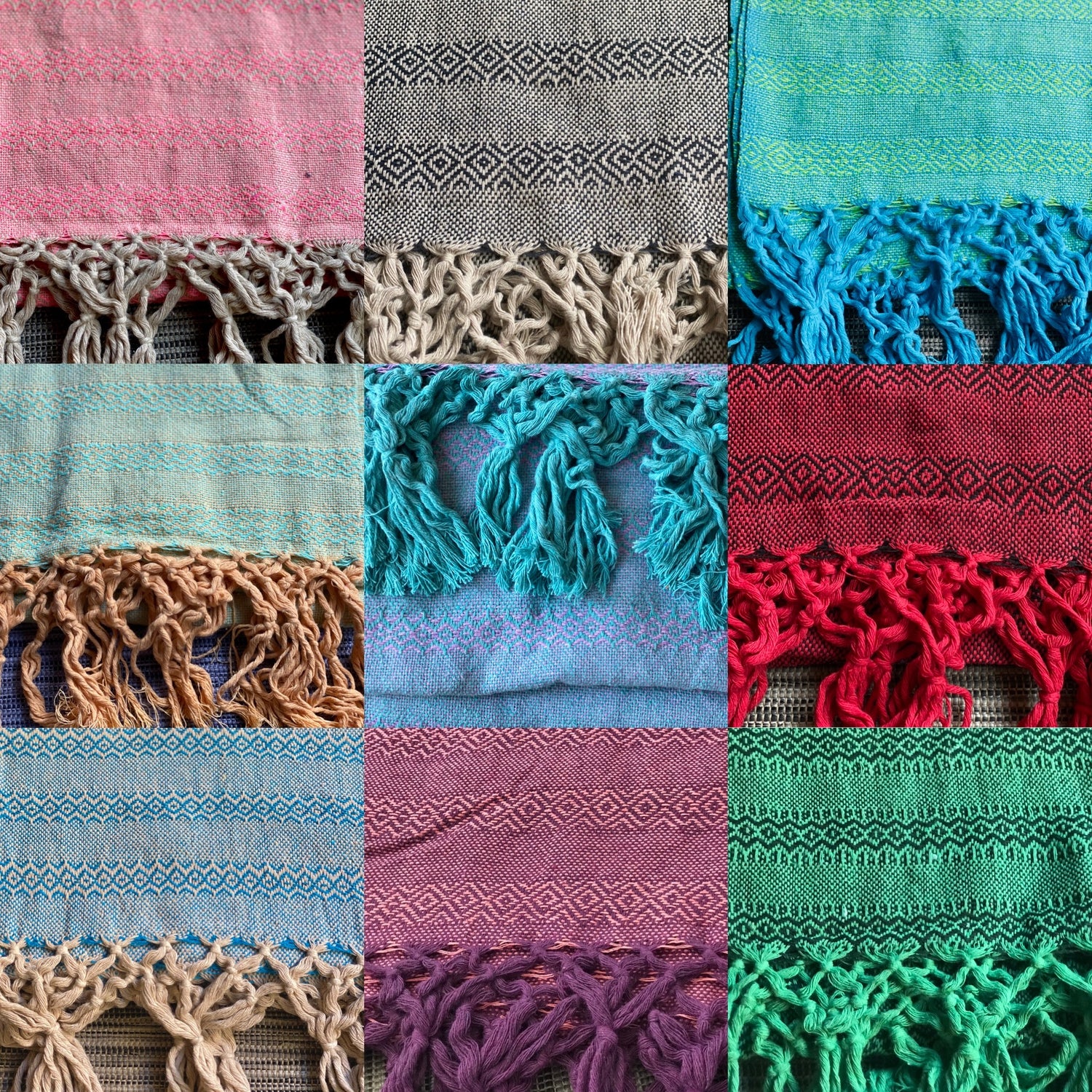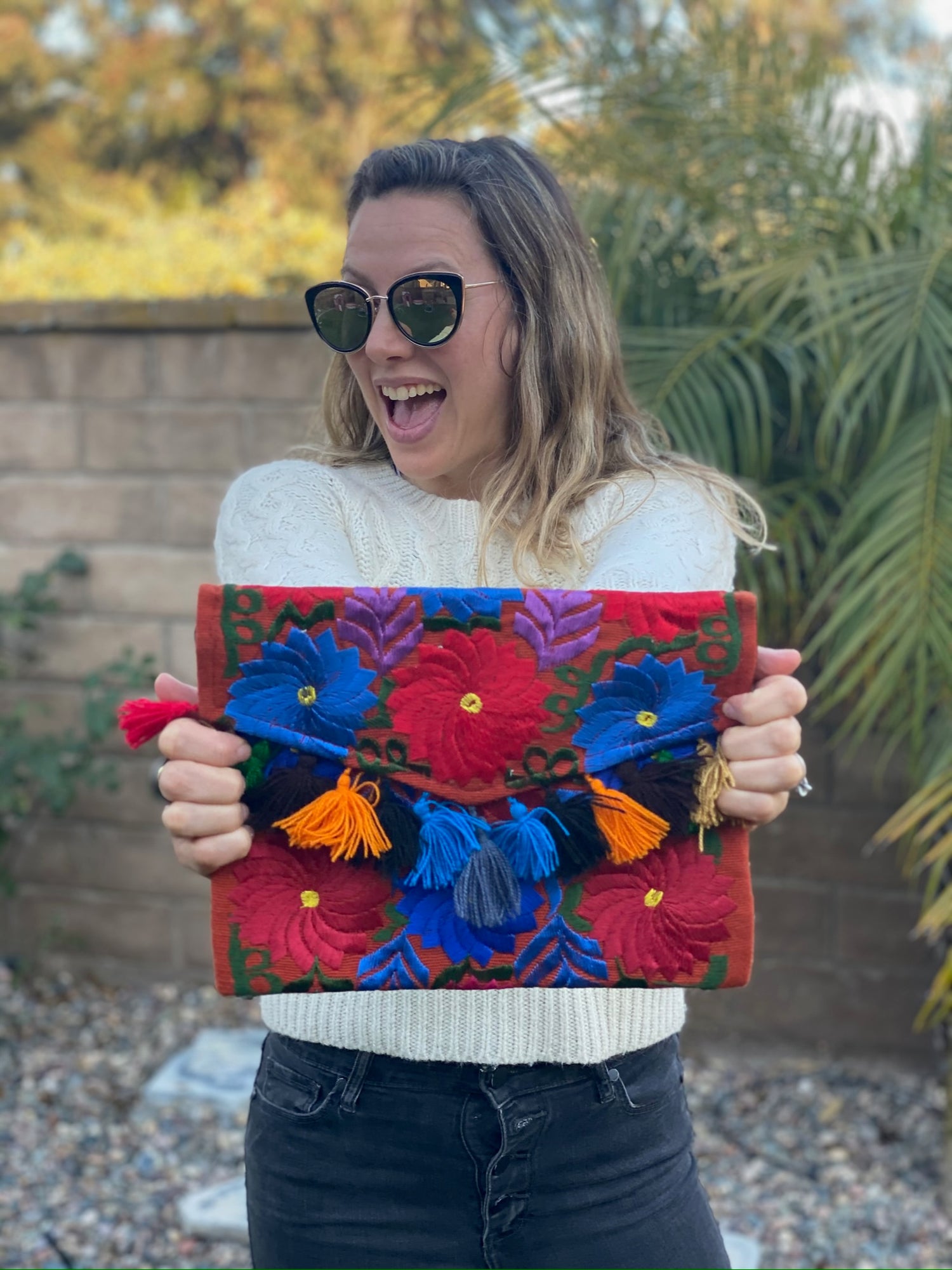Supporting rebozo artisans not only connects you to a rich cultural heritage but also promotes responsible and sustainable fashion choices.
When you invest in a rebozo, you empower local artisans and preserve traditional craftsmanship that has been passed down through generations.
This act of support contributes to ethical consumerism, allowing you to make a positive impact on both the economy and the environment.

The rebozo is much more than just a garment; it represents deep cultural significance and artistry. Each piece is uniquely crafted, often using methods that reflect the history and identity of the community.
By choosing to support these artisans, you are helping to keep their traditions alive and ensuring their skills are valued in a rapidly changing world.
In today’s fast fashion landscape, your choice matters more than ever. By selecting a rebozo made by skilled artisans, you take a stand against mass production and contribute to a sustainable future.
This choice echoes through the community, fostering pride in their work and offering opportunities for economic growth.
Key Takeaways
- Supporting rebozo artisans preserves cultural heritage and traditional craftsmanship.
- Each rebozo is uniquely crafted, reflecting the identity of its community.
- Your shopping choices can promote sustainability in the fashion industry.
The Cultural and Historical Significance of the Rebozo

The rebozo is a traditional garment deeply woven into Mexico's cultural and historical tapestry. Its significance touches on various aspects, from the roles of women in society to the importance of community and identity.
Historical Roots and Evolution of the Rebozo
The rebozo's history dates back to pre-Hispanic times, originally crafted by indigenous women. These artisans used materials like cotton and agave fibers to create versatile shawls that served multiple purposes.
First, it functioned as a practical item for warmth and protection. Over time, it evolved into a symbol of heritage and community.
Rebozos played a crucial role in religious ceremonies and festivals, often worn during significant life events. As Mexican culture developed, the rebozo adapted, reflecting the various influences that shaped it. The techniques used to produce these shawls, including the intricate resist-dye methods, show a deep connection to craftsmanship.
Symbolism and Usage in Mexican Society
In Mexican society, the rebozo symbolizes love, fertility, and spirituality. It is more than just a clothing item; it represents a connection to ancestry and cultural roots.
Women wrap themselves in rebozos during important ceremonies, highlighting their significance in rituals and traditions.
The rebozo also serves practical purposes, such as carrying babies or goods. This versatility has made it a staple in daily life. Various styles and patterns reflect regional identities and personal stories, showcasing the diversity of Mexican culture.
By supporting rebozo artisans, you help preserve this vital piece of cultural heritage, ensuring that their stories and skills continue to live on.
Craftsmanship and Production of Rebozos

The craftsmanship behind rebozos is a blend of rich cultural heritage, skilled techniques, and natural materials. Each rebozo reflects the artistry and traditions passed down through generations, emphasizing the importance of local artisans in keeping these practices alive. Understanding these aspects enhances appreciation for this unique textile.
Materials and Techniques in Weaving
Rebozos are typically crafted using natural materials like silk, cotton, and wool. Artisans often choose these fibers for their durability and comfort.
The weaving process involves traditional techniques that have been refined over centuries.
In places like Santa Maria del Rio, you’ll find artisans using handlooms to create intricate designs. They apply methods like empuntado, where threads are interwoven to add texture.
Natural dyes made from plants, insects, and minerals like indigo and cochineal give each piece its vibrant colors. These techniques not only add beauty but also tell a story about the culture and environment from which they originate.
The Role of Artisans in Preserving Tradition
Artisans are the heart of rebozo production. They embody ancestral techniques that ensure the cultural significance of these textiles survives.
Each artisan brings a unique approach to their craft, often inspiring their community to value traditional methods.
Through their work, they preserve not only the artistry of rebozo making but also the social and economic conditions of their communities.
By supporting these artisans, you engage in a practice that extends beyond buying a piece of fabric; you participate in preserving a vital cultural identity.
Challenges Faced by the Rebozo Crafting Community
Despite the beauty of rebozos, artisans face numerous challenges. Modern mass production threatens the sustainability of traditional techniques.
Many artisans struggle to compete with cheaper, machine-made alternatives that lack cultural value.
Additionally, social and economic conditions can limit their access to materials and tools. As demand for rebozos grows, maintaining the quality and craftsmanship becomes increasingly difficult.
Supporting local artisans helps combat these issues and fosters a greater appreciation for this significant cultural craft.
Frequently Asked Questions

In this section, you will find answers to common inquiries about the ethical impact of purchasing rebozos. These questions cover how your choices can affect local artisans, the historical significance of rebozos, and their role in modern fashion and sustainability.
How does purchasing a rebozo support local artisans?
When you buy a rebozo, you help sustain traditional crafts. Your support enables artisans to continue their work, preserving their skills and cultural heritage.
This creates a direct income source for them, allowing families to thrive in their communities.
What is the historical importance of the rebozo in traditional communities?
The rebozo has deep roots in Mexican culture, serving as a symbol of identity and tradition.
Historically, it was used in various ceremonies and daily life, connecting generations. Understanding this importance helps appreciate its role beyond mere fashion.
What roles do rebozos play in modern fashion and sustainability?
In today’s fashion, rebozos are recognized for their unique designs and cultural significance. They represent a shift towards sustainable practices, as many are crafted using eco-friendly materials.
By choosing rebozos, you contribute to responsible fashion choices that honor craftsmanship.
How does the production of rebozos affect the economic status of artisan families?
The production of rebozos can significantly boost the economic status of artisan families. When consumers purchase these handmade items, they provide vital income that can support education, healthcare, and improved living conditions.
This ensures the sustainability of their craft and livelihoods.
In what ways does the rebozo industry impact women in particular?
The rebozo industry primarily benefits women, as many of the artisans are female.
Their work empowers them financially and socially, allowing them to support their families and communities.
This empowerment fosters greater equality and recognition within their societies.
What efforts are being made to preserve rebozo weaving techniques?
Various organizations are working to preserve traditional rebozo weaving techniques. Workshops and programs are established to teach younger generations these skills. These efforts aim to keep the art of rebozo weaving alive for the future.




